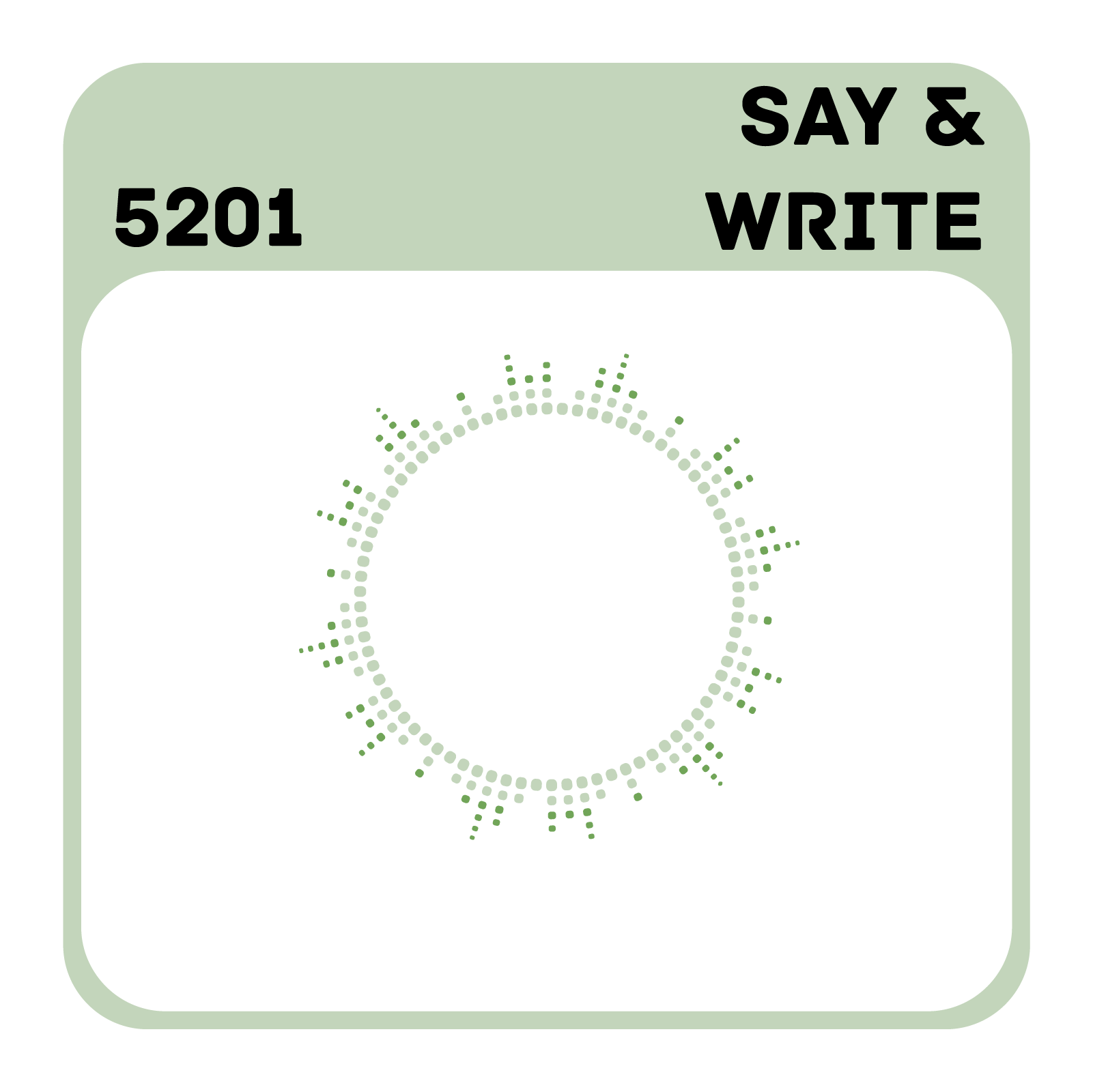
Short definition of this element.
It’s sometimes hard to see the bright side of things and to stay inspired and motivated. If inspiration were easy, everyone would have it, and we’d all be living at our maximum potential every day.
We are constantly influencing people around us. It’s essential to consciously choose what kind of influence we want to be. With our communication behaviours we can choose to drag others down or focus on lifting them up.
DEFINITION
Positive phrases are focusing on stating what is and not what is not. These are sentences with positive, inspiring and encouraging words. They show strength and belief in the other and in their abilities. Positive phrases are statements that are believed to be factual. They don’t necessarily have to be accurate or true. They’re merely positive statements from a speaker or writer that are believed to be legitimate by the receiver. Positive sentences state something believed to be true by the receiver.
CHALLENGE LEVEL
How much “bandwidth” of energy and focus it takes to understand and use this element. This shows how difficult it is to use rated by members of the HUB who are training their focus-of-attention in everyday conversations.
CHALLENGES
-Unclear intentions that create suspicions and undermine trust.
-Phoney or exaggerating compliments that are not relatable for the receiver.
-Wrong timing that makes it difficult or impossible to receive.
BENEFITS
+Uplift others by noticing their good qualities and voice them with kindness and appreciation.
+Motivate others with supporting and encouraging sentences to create flow.
+Positive culture is created from the virtuous cycle of positive feedback.
SKILLS NEEDED
+Empathy skills to understand the needs of the other and see what kind of positive phrase is most likely receivable for them.
+Emotional intelligence to be self-aware of your own intentions and emotions as well as those of the other.
+Contextual intelligence to choose the right timing and wording for your positive phrase in a way that feels genuine and respectful for the other.
SELF-REFLECTION
✨How am I able to express my feelings “from the heart”?
✨How much do I look to others to fulfil my emotional needs?
EXAMPLES OF USE
Positive phrases are used to show appreciation and support whenever that is needed. These sentences or statements support others to rise to the challenge. With positive phrases you’ll show support and encouragement. You can display comfort and reassurance. People feel cared for and appreciated.
+Parents who wish to encourage their children in moments of doubt or failure: “You were brave to try and test your limits. Next time it will be easier.”
+Coaches or teachers who intend to boost and motivate their students: “Susan, you have been worried about your finals. Look how well you have done in the pre-tests! Now you know that there is more to you than dare give yourself credit for. You can do this!”
+Managers and leaders who aim to cultivate positive feedback: “Lisa, you nailed the sales meeting today! You managed to point out the right benefits for this client.”
INSTRUCTIONS
A positive phrase can be a compliment or encouragement as long it’s something the other can relate to. It’s important to be genuine and honest. If you are exaggerating too much or outright lying, positive phrases will backfire faster than you know creating mistrust and conflicts instead. Use your emotional intelligence to recognise the appropriate times and suitable situations to use positive phrases in a natural way, as part of your conversation and your thinking.
1.Noticing the situation:
Analysing what is happening and what the other is feeling or needing.
2.Clarifying your intentions:
Reflecting on why you would use a positive phrase in this situation.
3.Finding a positive angle to the situation:
Reflecting where the silver lining is - the beauty and benefit in the situation or what is the advantage that comes from a difficult or unpleasant situation.
4.Choosing the right timing:
Ensuring what is the respectful timing and situation for the other to receive your positive phrase - publicly, privately.
5.Verbalising the positive phrase:
Choosing the right words for the situation and the person so that the message is easily receivable.
DUMB WAY
Tiina and Laura are best friends. One Saturday afternoon they meet in a cosy downtown cafe. Tiina is stirring her tea absently. Her body language seems defeated.
- I got fired. They didn’t want to continue with me after my internship.
Laura looks at Tiina silently for a while. After a few seconds her face brightens up like a light bulb. Excitedly she says:
- Thank god you just lost all that weight. You are not fat anymore! That will help you in your job interviews. The research says skinny people earn more than fat people. And you have the best taste when it comes to clothing. You are such a trendsetter!
Tiina looks shocked. Laura doesn’t seem to notice. She gets more excited and continues:
- You know, being unemployed will teach you so much from life and living cheap. You’ll get to experience how it feels to be poor. Or homeless! It’ll be awesome!
Tiina bursts in tears and runs towards the toilets, and Laura keeps shouting after her:
- Learning is a gift - even pain is your teacher! Stay positive! Good vibes only! Practise happy thinking - every day! Carpe diem! C’est la vie!
SMART WAY
Tiina and Laura are best friends. One Saturday afternoon they meet in a downtown cafe. Tiina looks sad and serious.
- I got fired. They didn’t want to continue with me after my internship.
Laura turns to Tiina and puts her coffee down.
- I’m sorry to hear that, but don’t worry. You are so skilled that in no time you will have a new job. You are full of energy and extremely good with people. Anyone not hiring you would be stupid.
Tiina wipes her eyes and smiles a bit. Laura continues with an uplifting voice.
- See, you are already smiling! You are such a positive and strong woman. It is impossible for you to be sad for long. That will be noticed in job interviews you’re about to have in the near future. And who knows - the new job might be much more interesting and even more paid as the previous one. I certainly would hire you of all the people in the world!
Tiina laughs.
- Haha, you just know how to make me happy again! Would you help me to go online and look for some job announcements?
Laura opens her laptop and grins.
- Already on it sweetie. Let’s dream!
IN THE WORLD
Inspirational examples from YouTube, Facebook, Twitter and Green Elephant's streaming in Twitch with Head-Up Display.
LEARN MORE
To download a free copy of the Periodic Table of Conscious Communication and see all the up-to-date learning resources organised by numbers into a library, check out this page. If you'd like to follow, ask questions and contribute to the online research please contact esteve@greenelephant.org.
If you'd like to book a hands-on coaching session to measure, analyse and get a simple micro-habit to change your communication behaviours, check out Green Elephant's coaching products.
TEMPLATE TEXT BLOCK
H1 STRUCTURE & CHAPTER TITLES
H2 LONG SUBTITLES INSIDE CHAPTERS
H3 Long titles with normal sentence punctuation for important lists or key ideas.
This is pre-formatted normal body text with spacing, fonts, sizes, line heights and colours are for us to use on the whole website and change word contents while always keeping the styles coherant and easy to update in the backend styleguides for DIVI. We can also use twitter-compatible quotes with less than 280 characters.
H4 Highlighted text for #twitter:
#Elephant is one of our most powerful communication techniques and it works magic for your relationships both at work and at home by building trust between people.
Based on our GreenBlueRed™ framework, all communication behaviours can be colour coded using three colours regardless of personality. ⚓️ The anchor here is shown in blue:
⚓️ “I” BLUE Communication focuses on my beliefs, needs, values, feelings, information and knowledge.
“YOU” GREEN Communication focuses empathically on other people’s beliefs, needs, values, feelings, information and knowledge.
“WE” RED Communication focuses on common decisions, agreements or actions involving both parties.
Posted by
Anthropologist and designer, Estève relentlessly explores new ways to share the beauty he sees in synergistic human-to-human interactions.


0 Comments